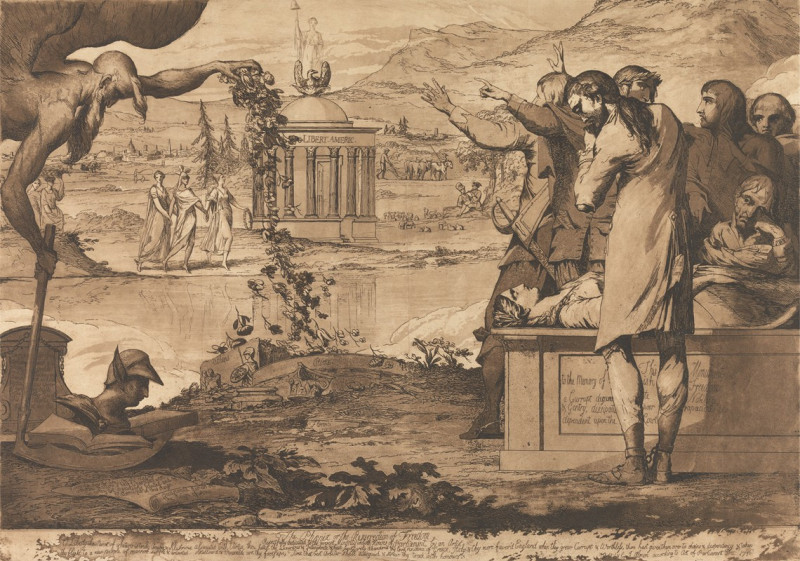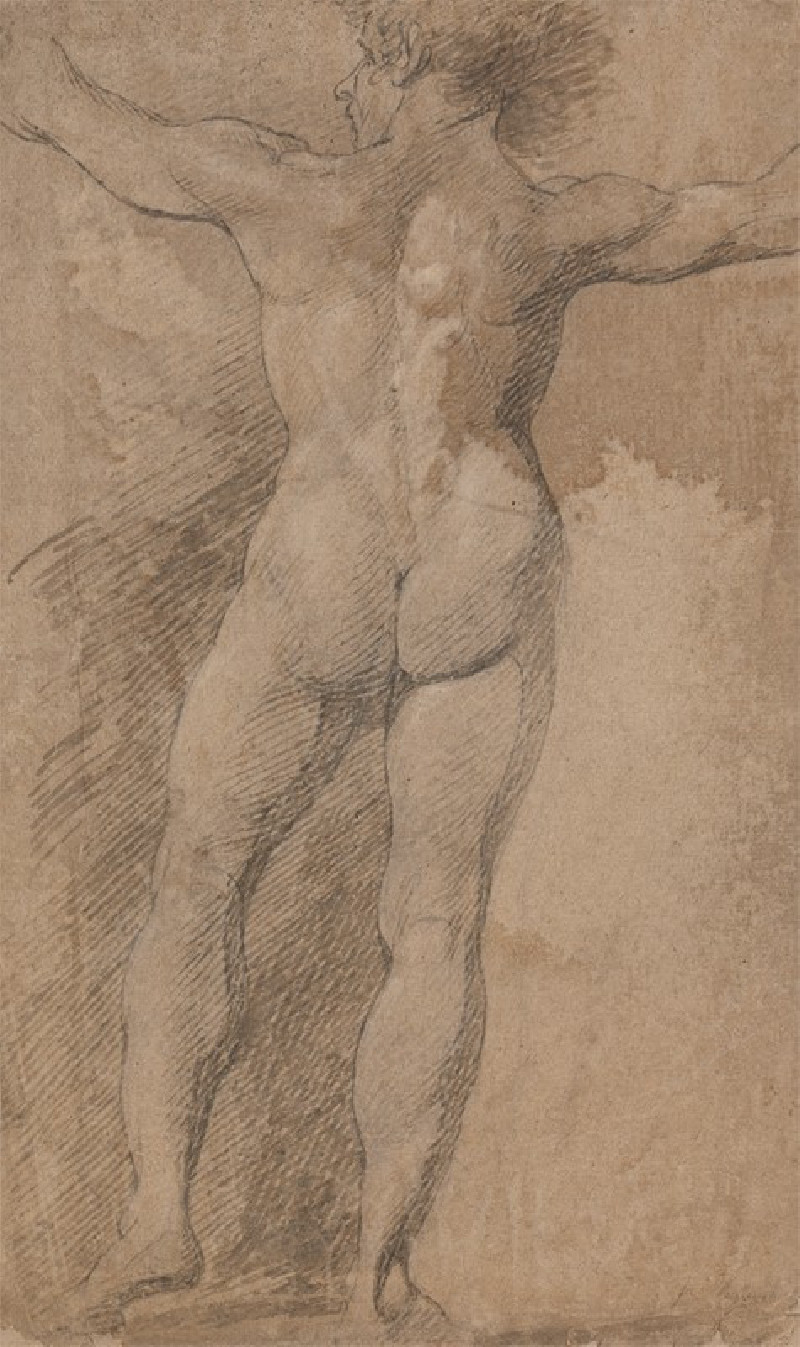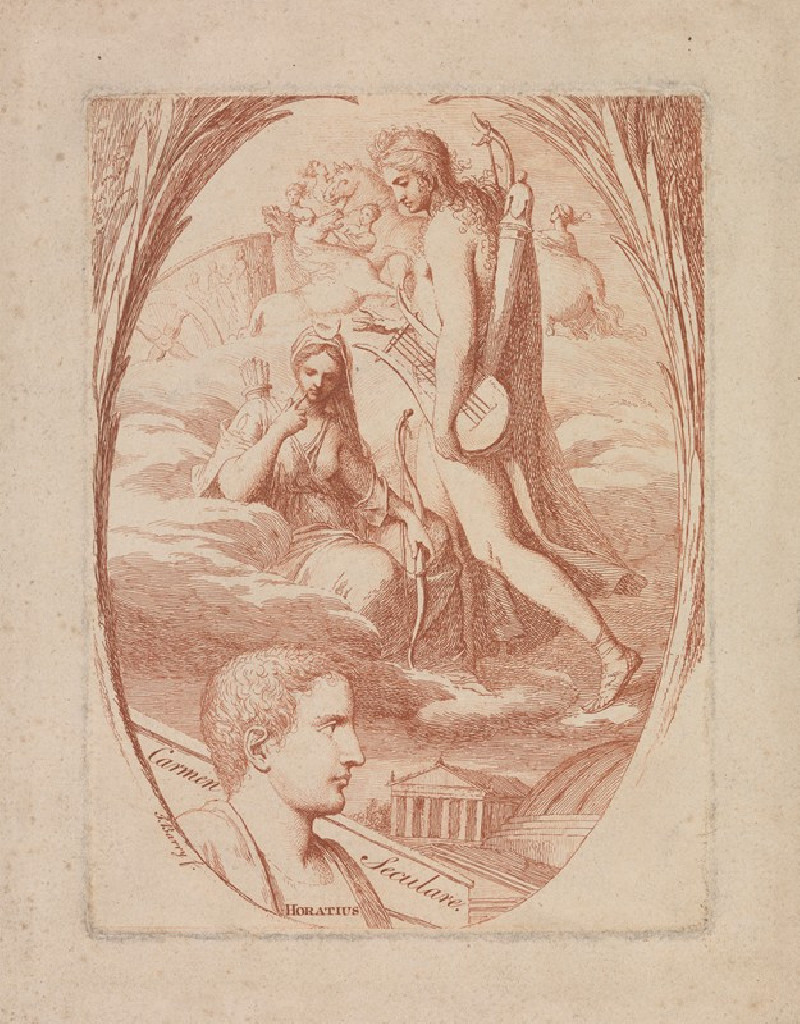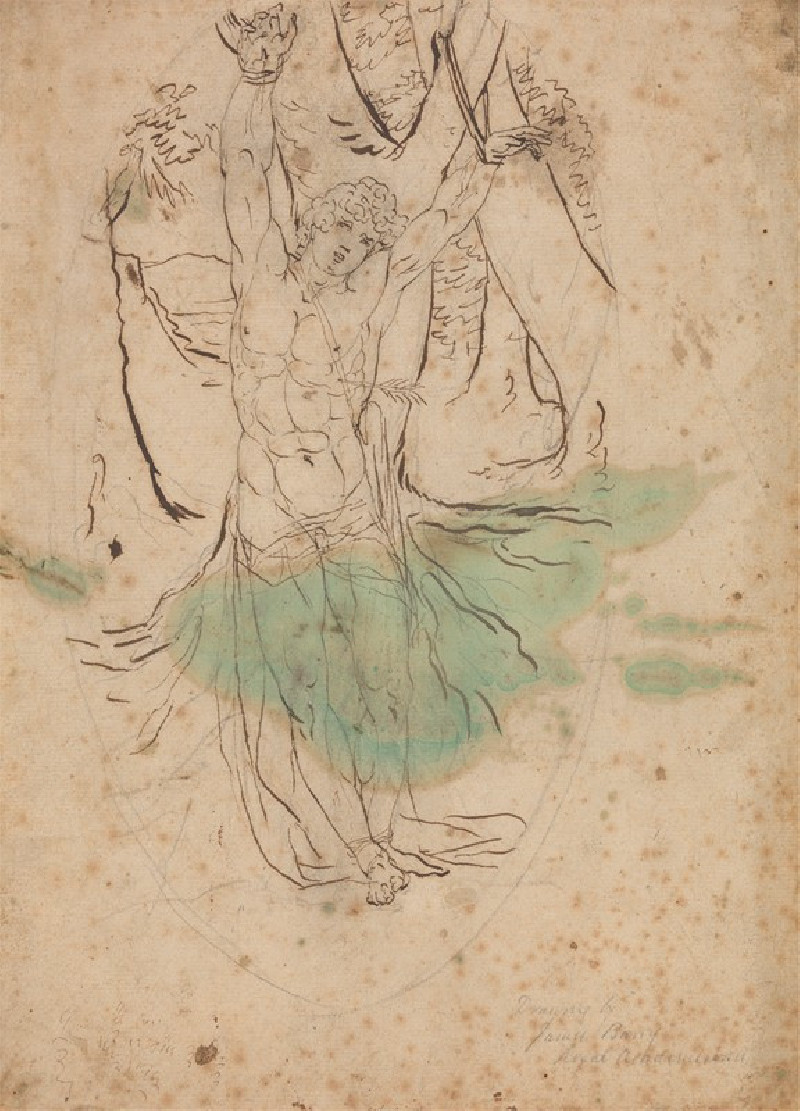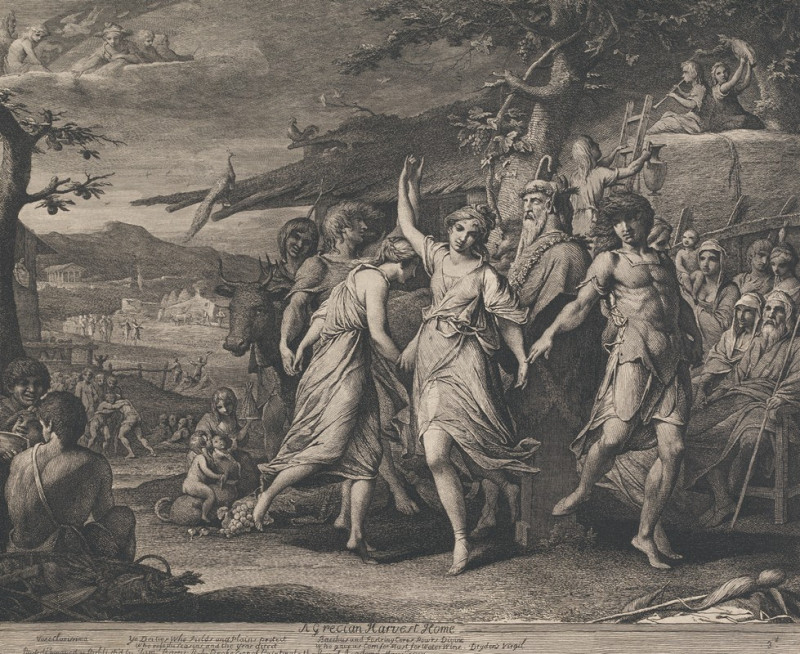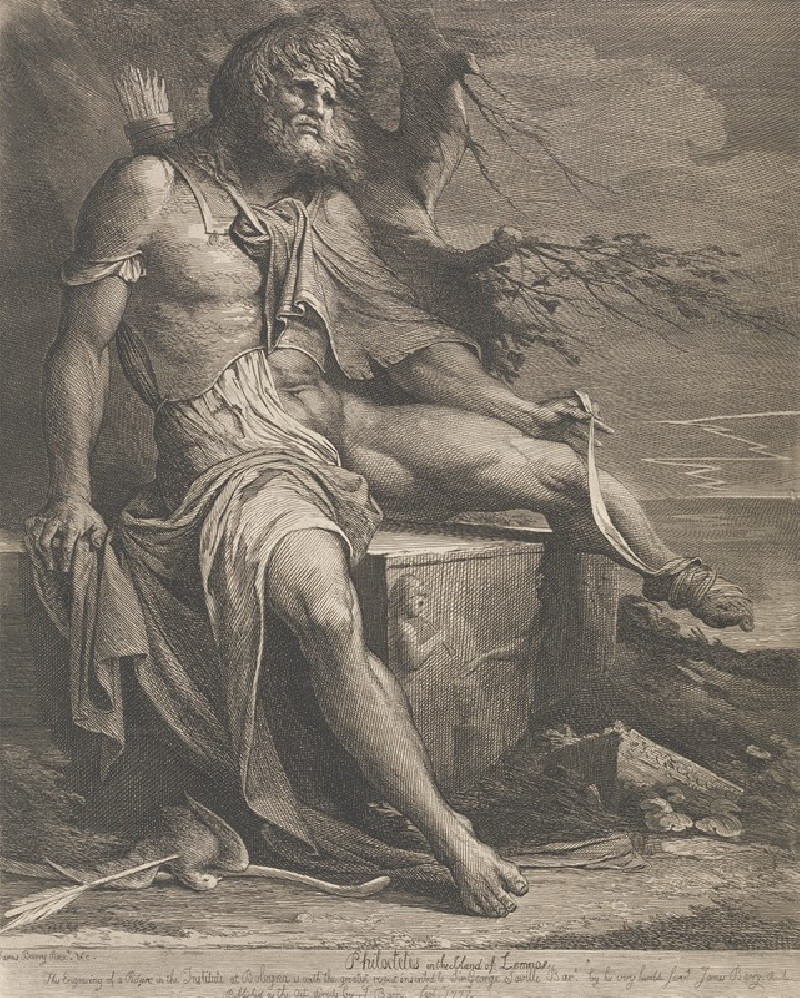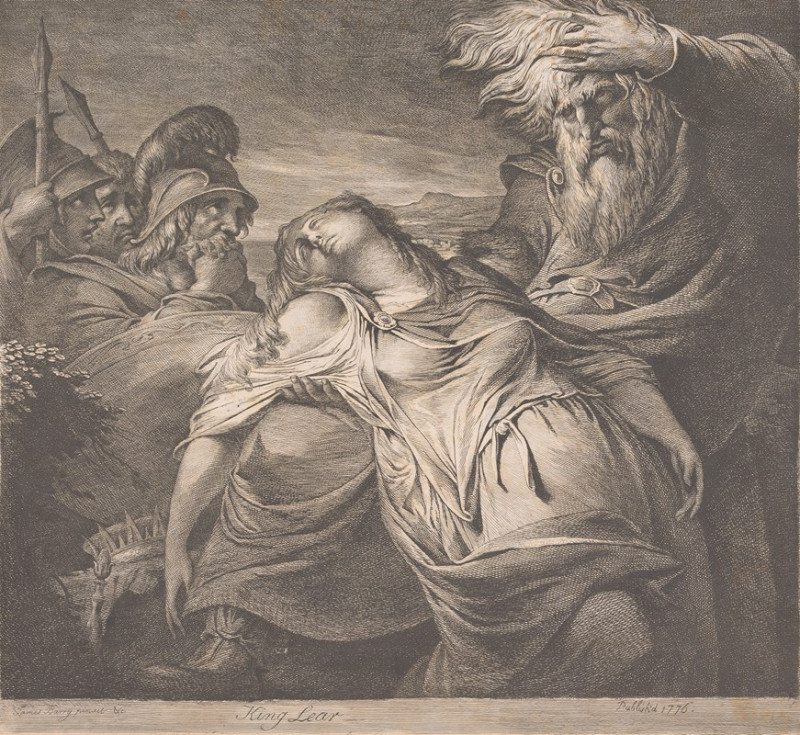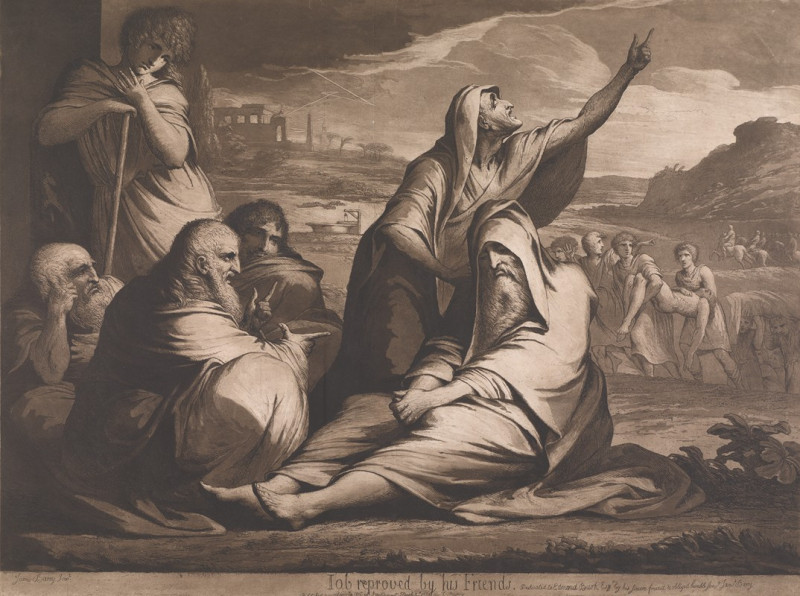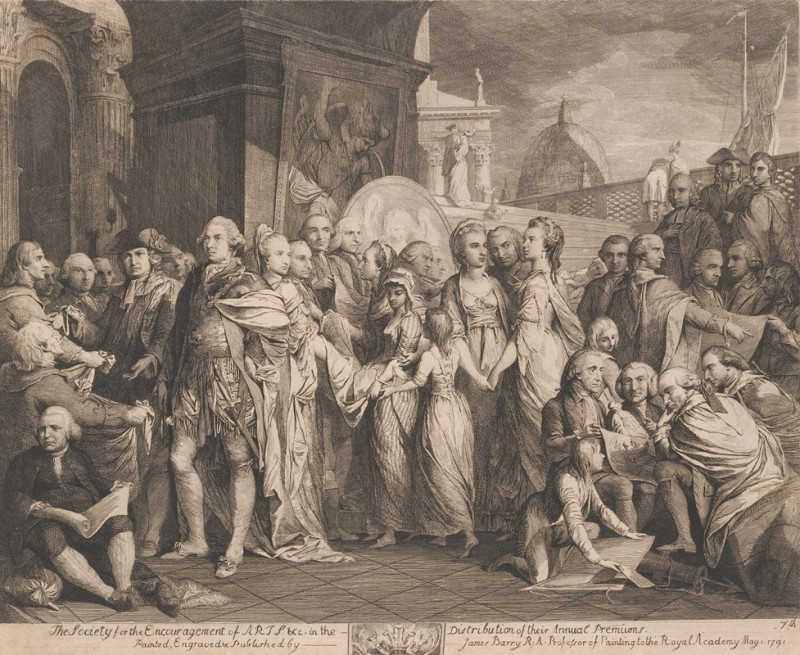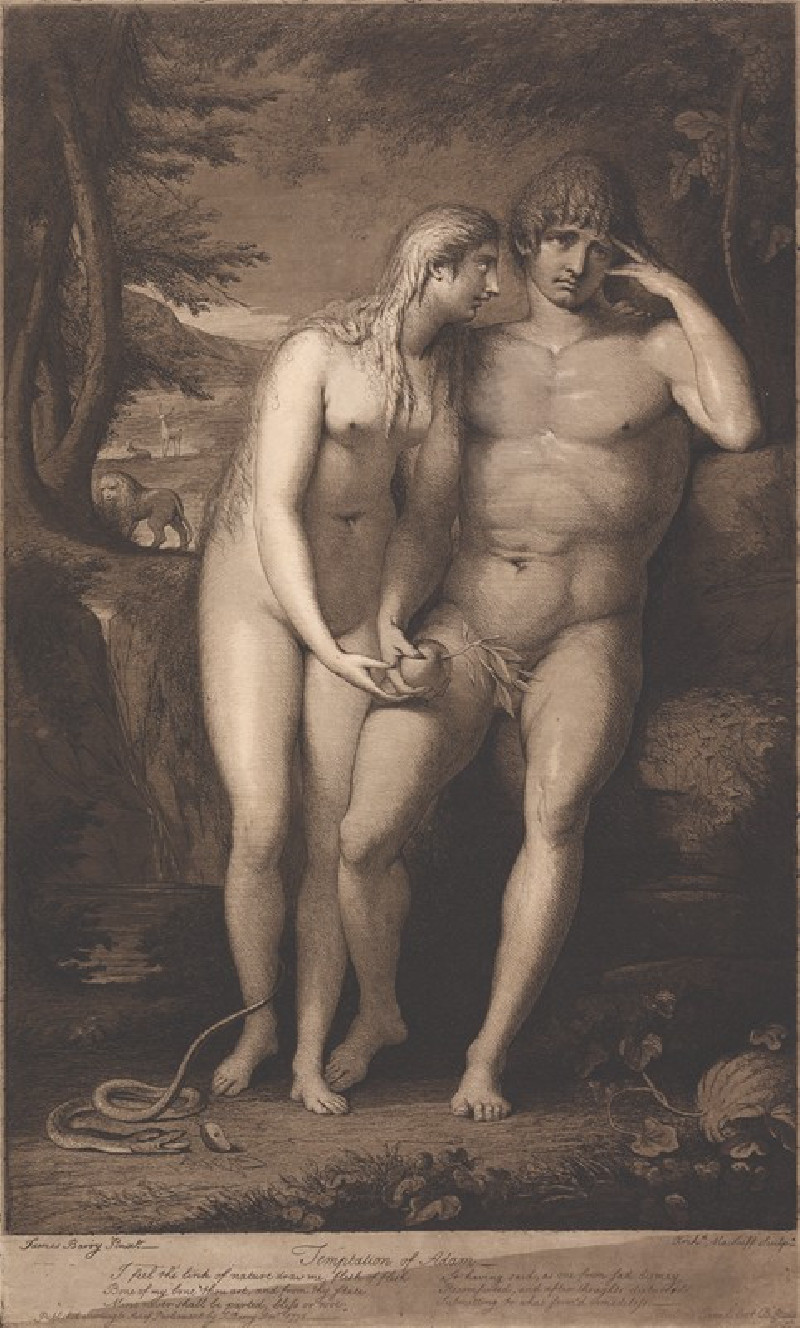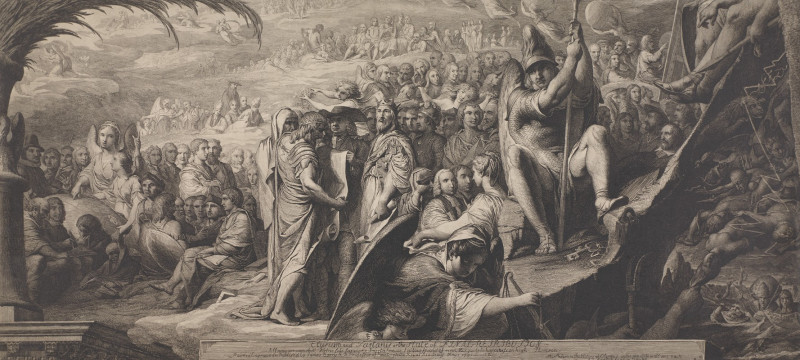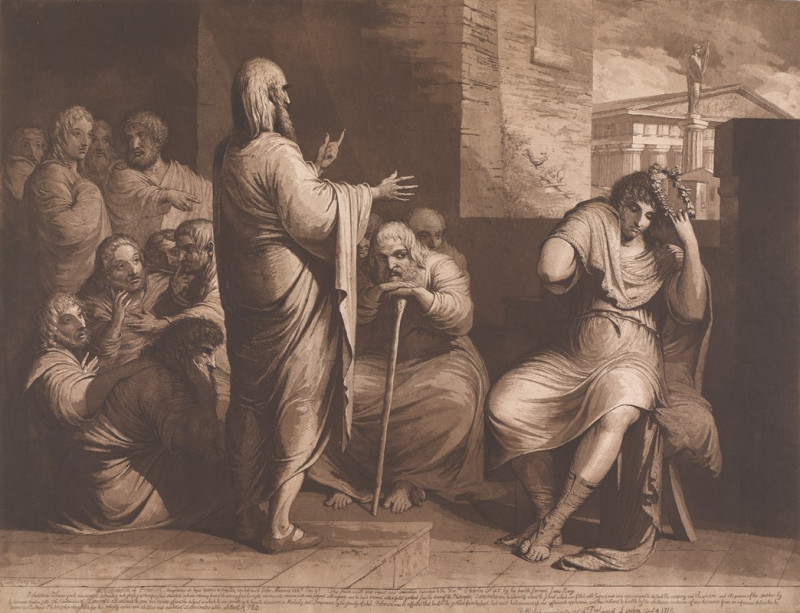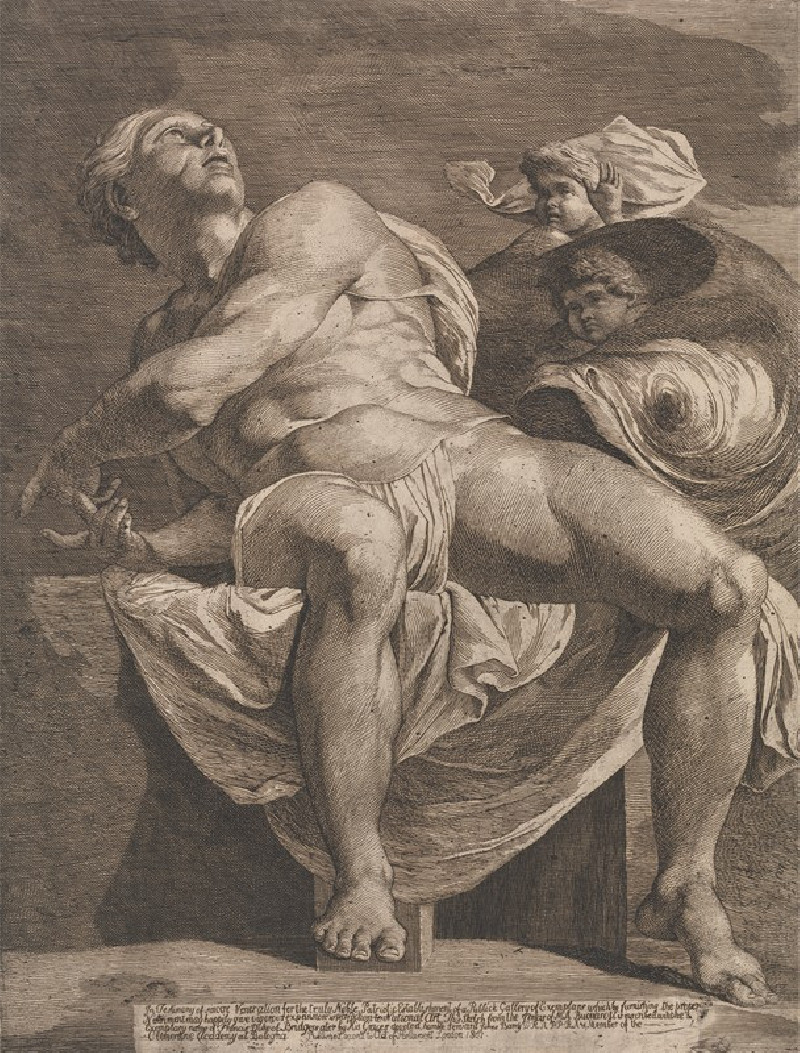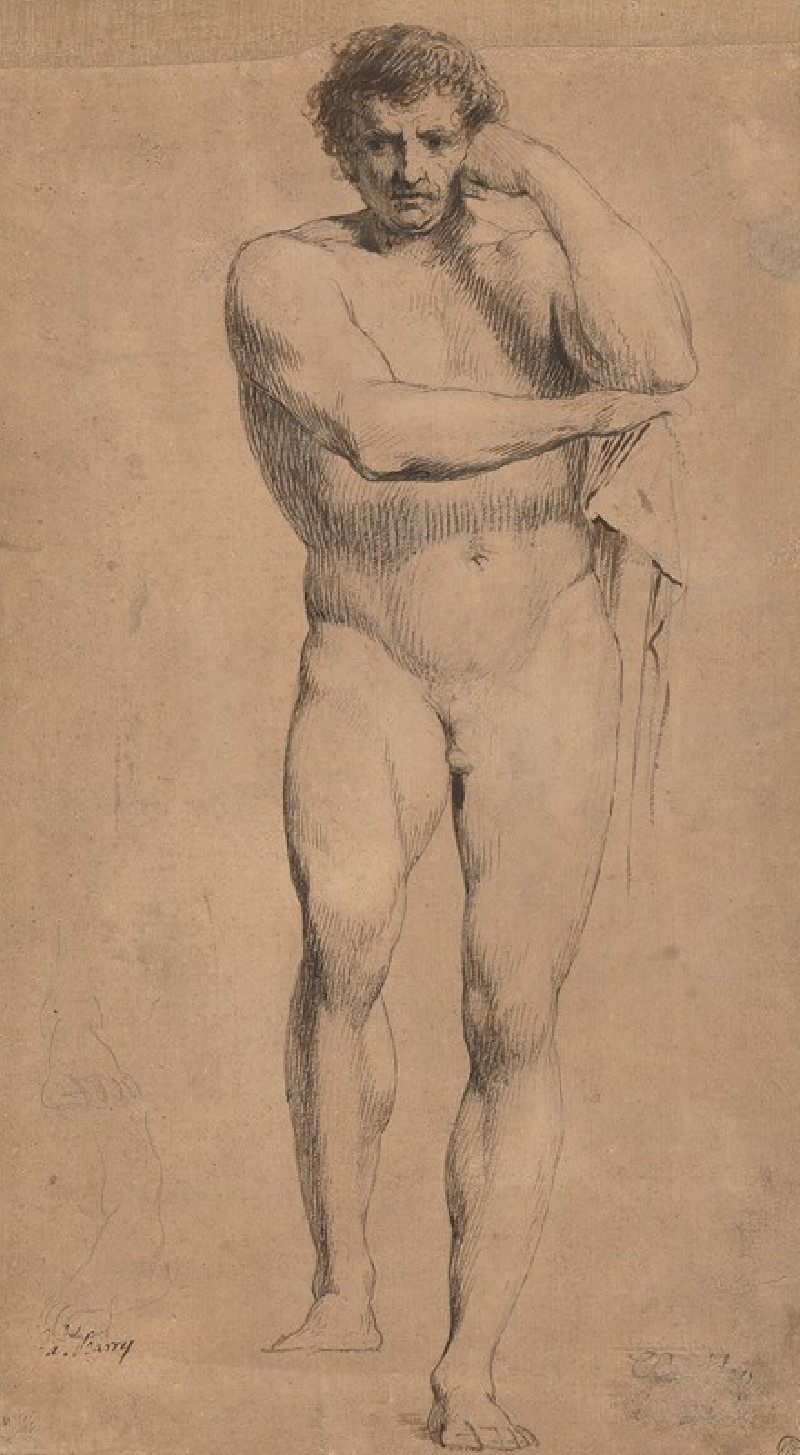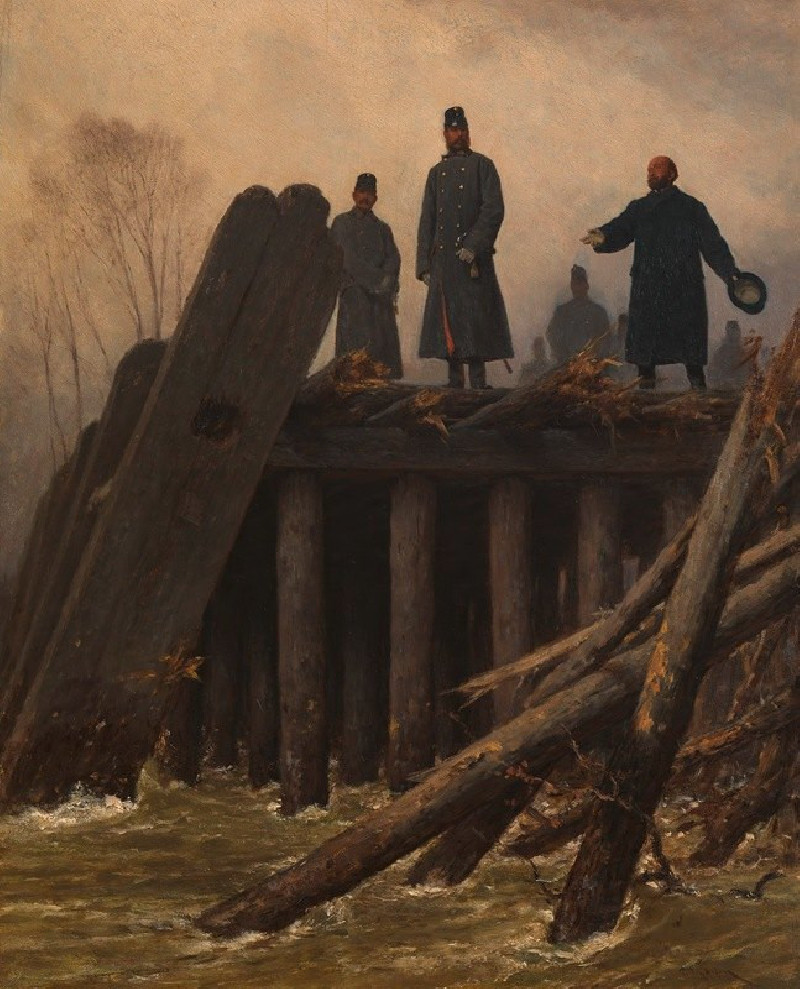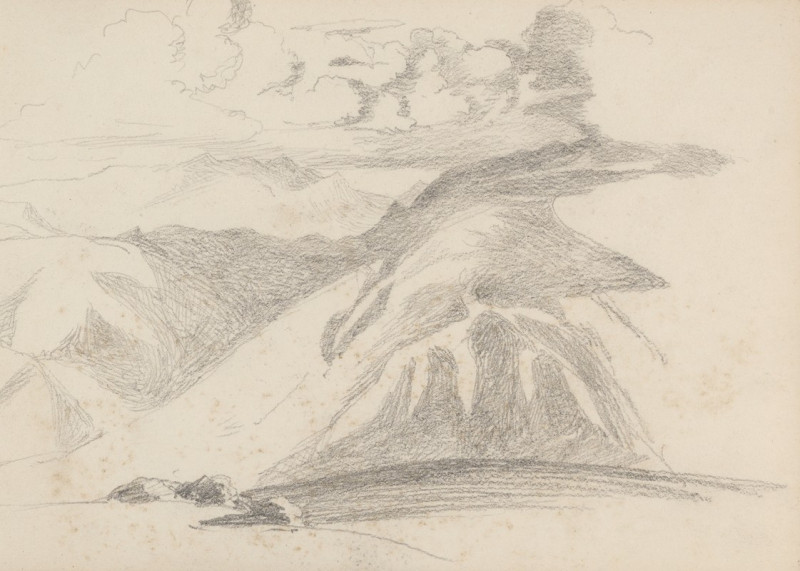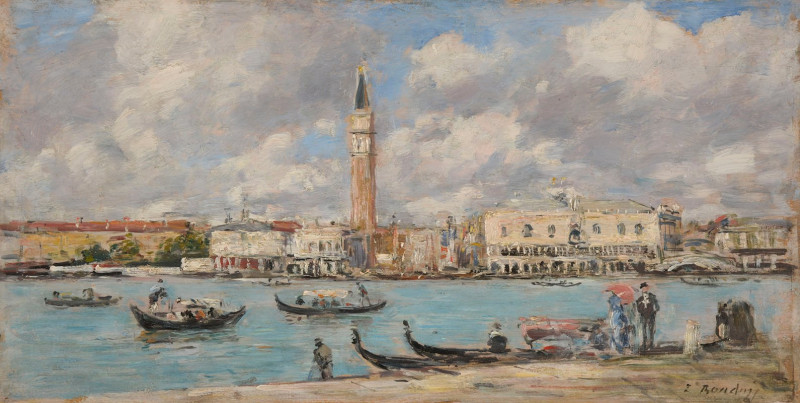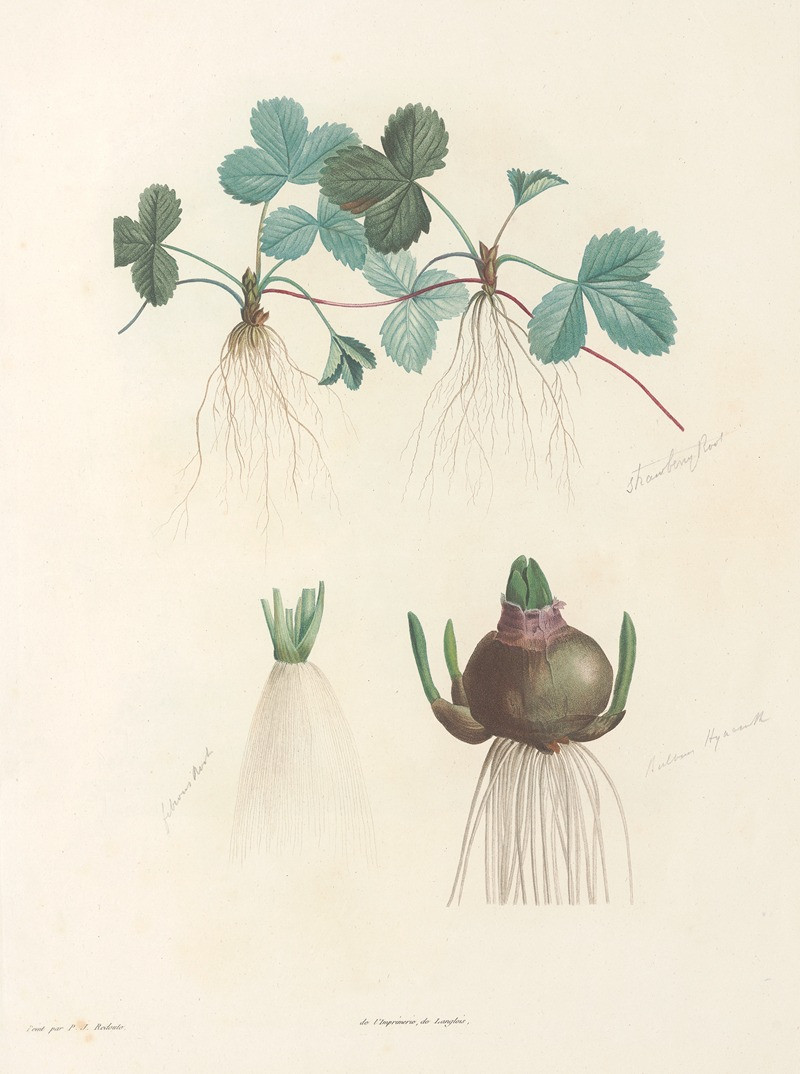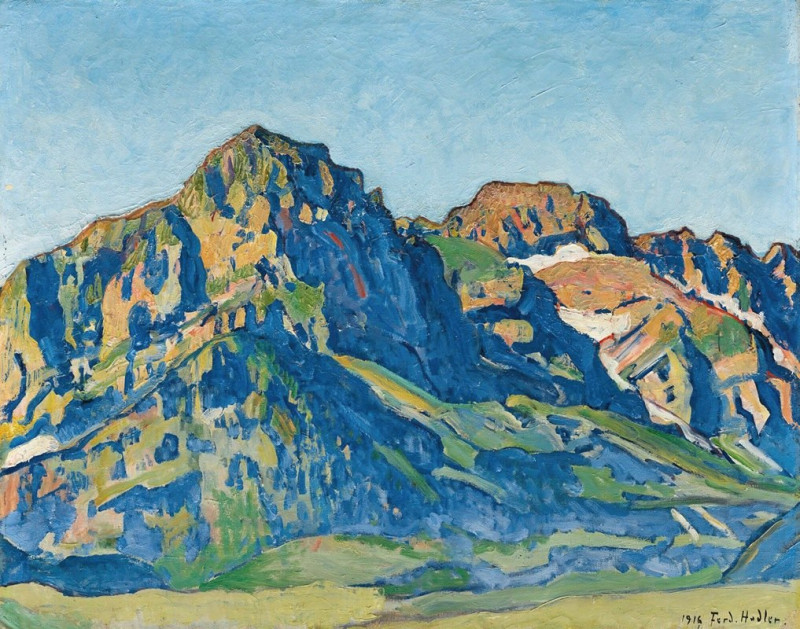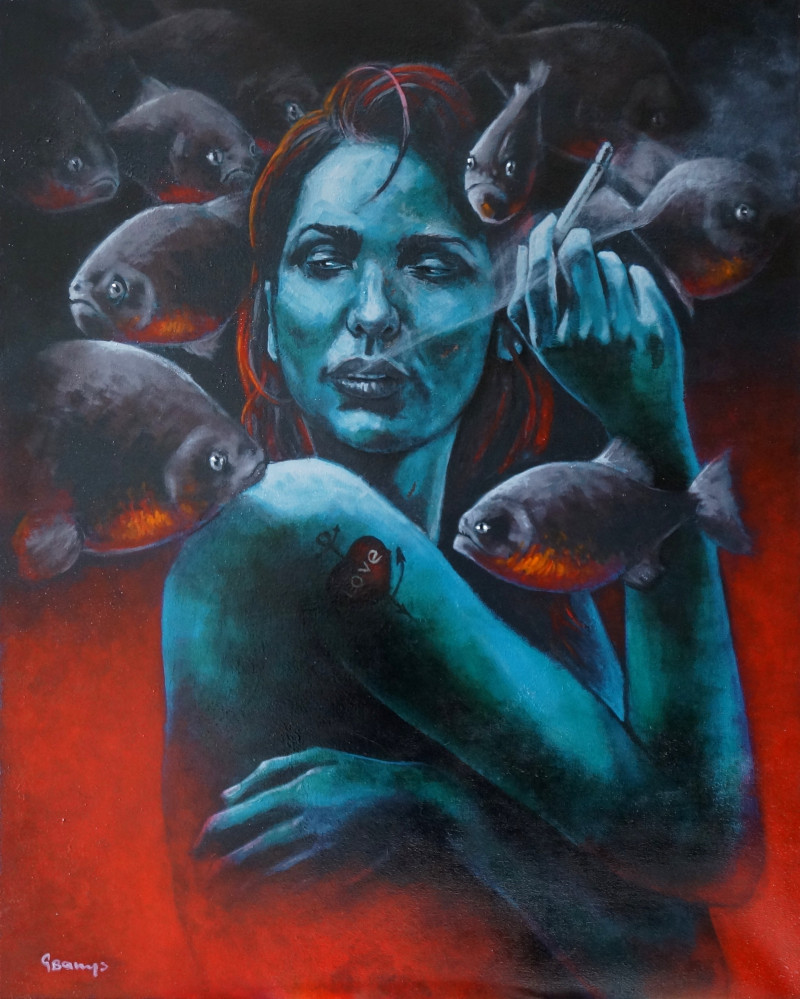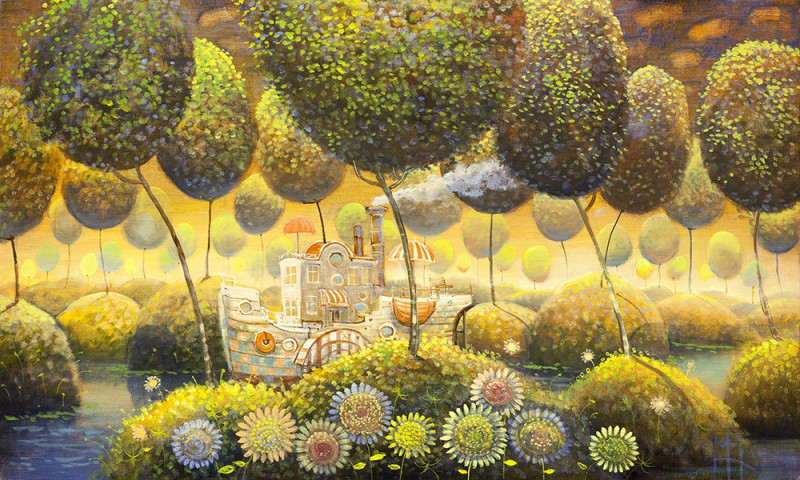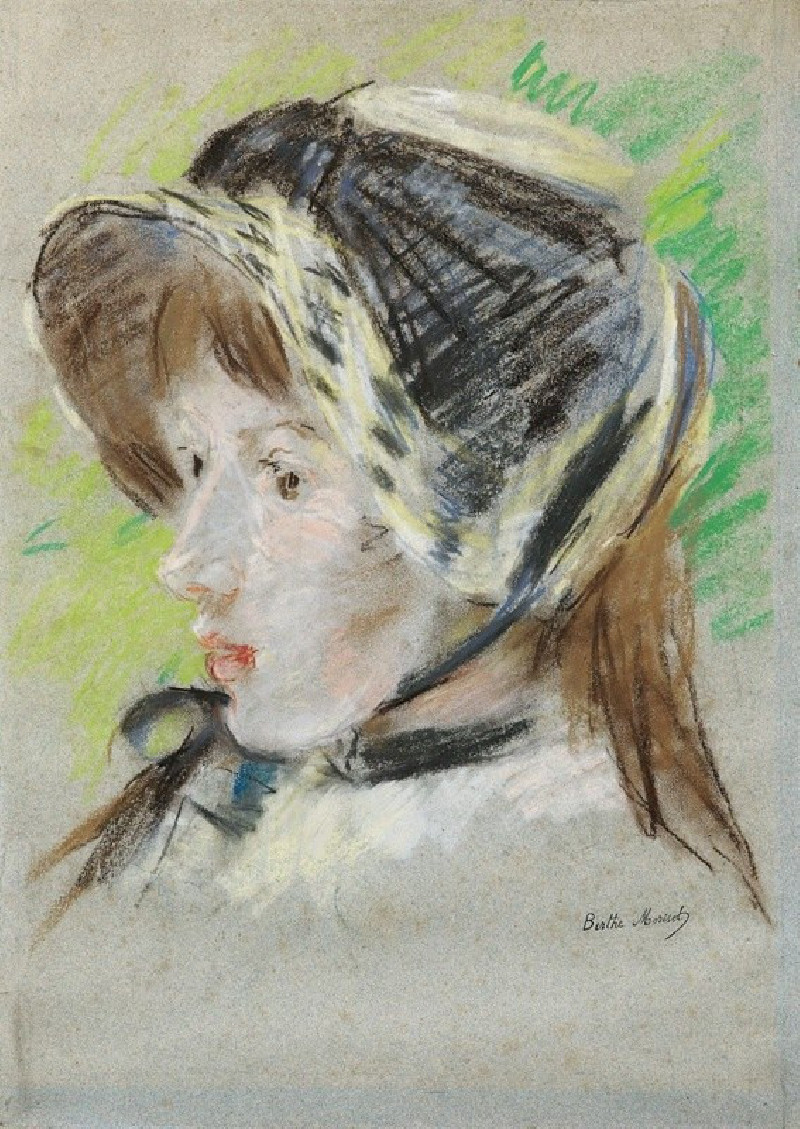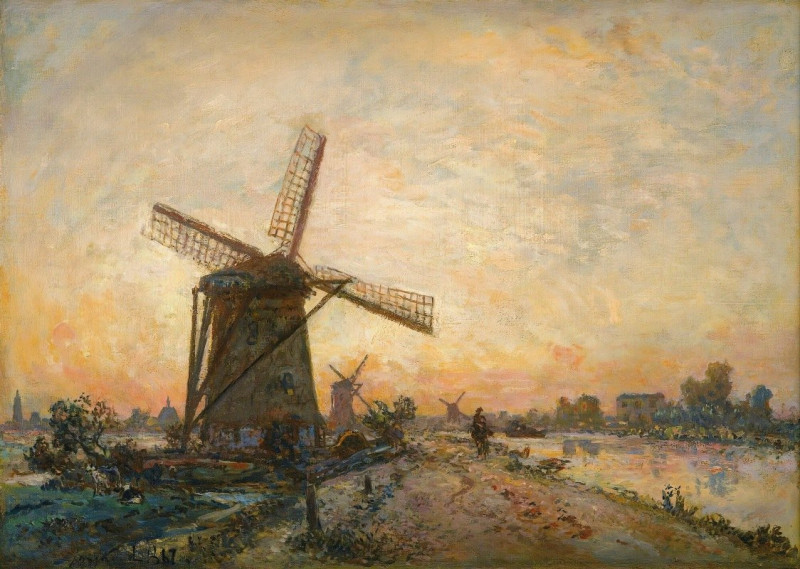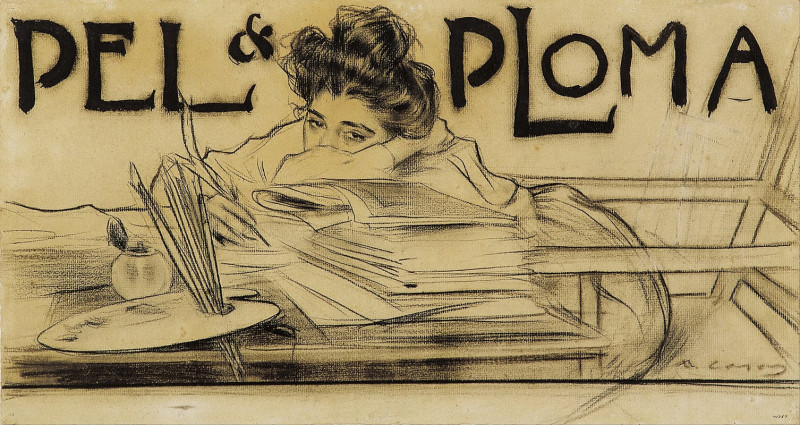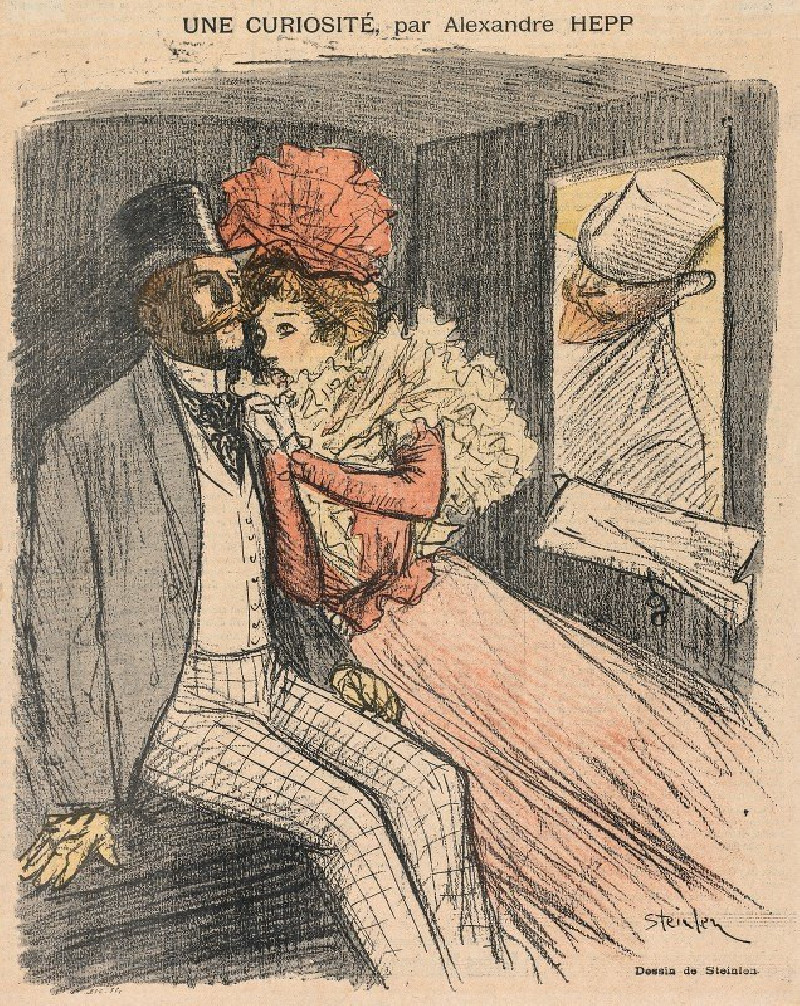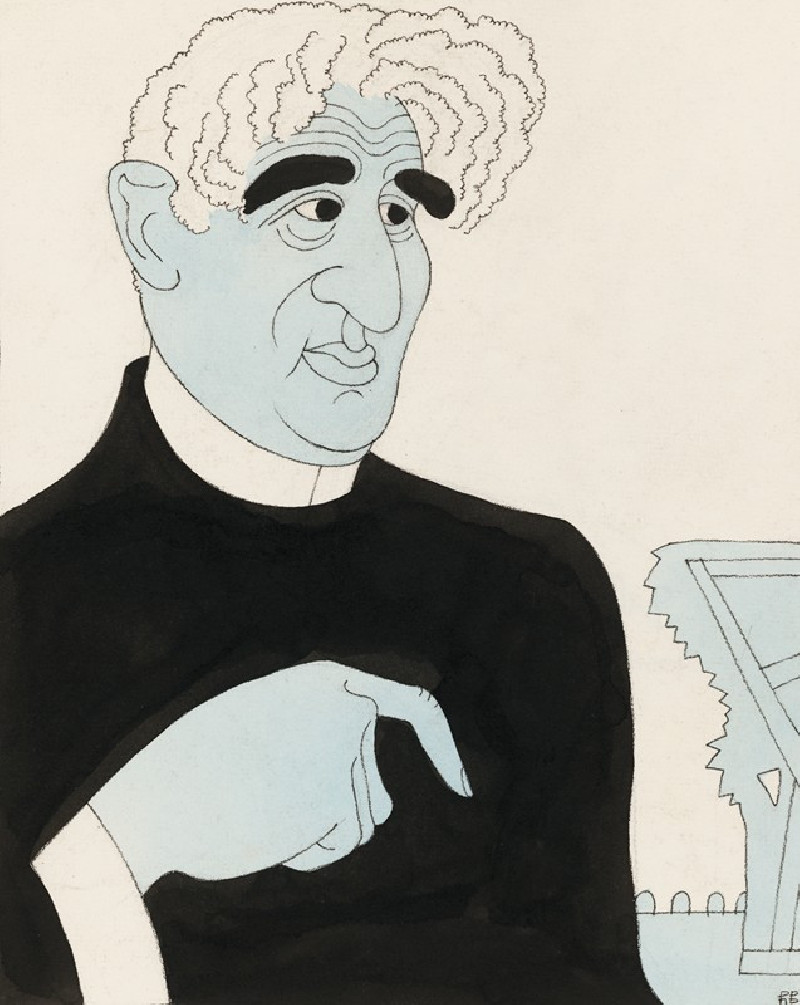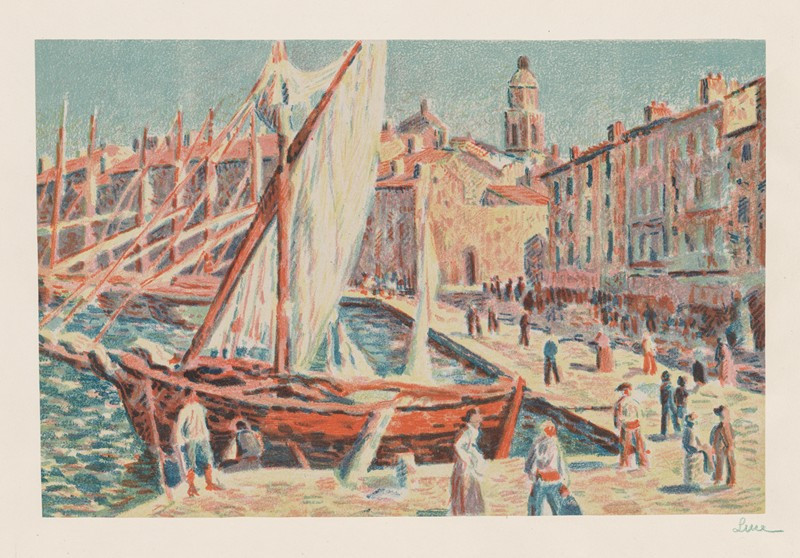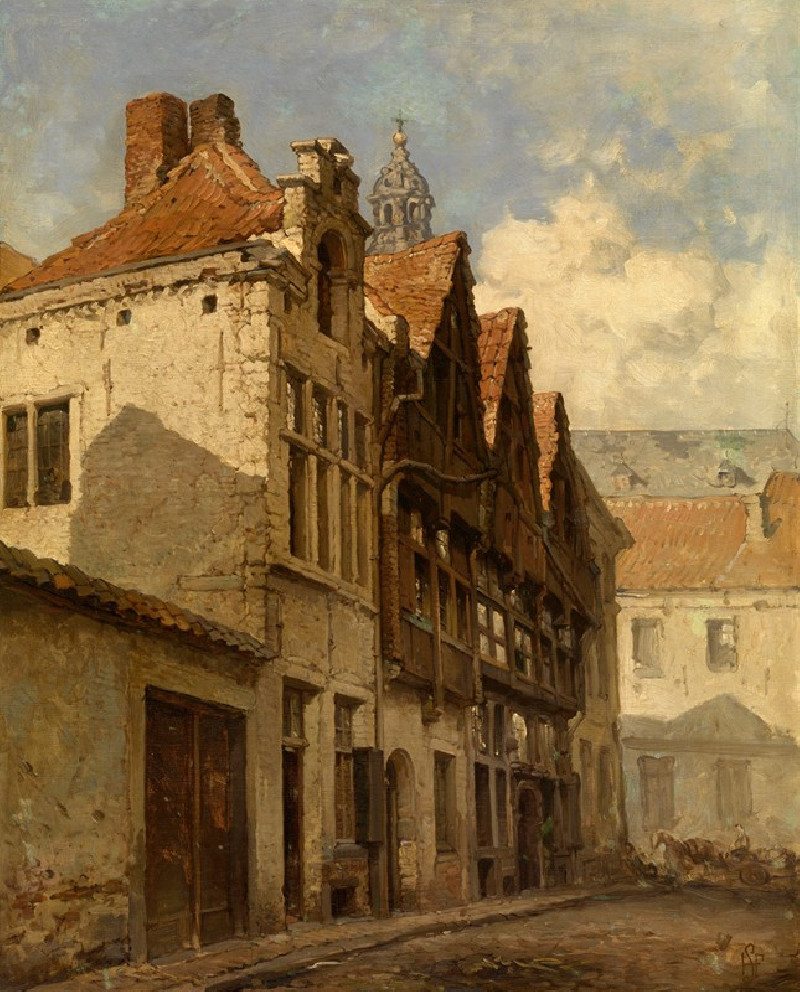The Phoenix or the Resurrection of Freedom (1776)
Technique: Giclée quality print
Recommended by our customers
More about this artwork
James Barry's "The Phoenix or the Resurrection of Freedom," created in 1776, serves as a profound allegorical representation of the American quest for independence and the broader ideals of liberty and renewal. This richly detailed work engages viewers with its symbolic complexity and its historical context, capturing the fervor of the American Revolutionary era.At the center of the piece, a group of figures, enigmatic yet charismatic, point towards a distant scene, possibly symbolizing the visionary pursuit of freedom. Their expressive gestures and the urgency in their postures emphasize the significance of the moment they are witnessing or enacting. These figures, adorned in contemporary 18th-century attire, suggest a meeting of pivotal leaders or philosophers.In the foreground, a striking figure of a phoenix stands over a burning pyre—an enduring symbol of rebirth and eternal life. This mythical creature, rising from its ashes, powerfully symbolizes the new birth of a nation, aspiring towards liberty against oppressive forces. The presence of other classical and pastoral elements, like the Greek-style temple inscribed with "LIBERTY" and serene landscapes, juxtaposes the themes of cultural enlightenment and the idyllic vision of a free society.Barry's meticulous attention to detail does not end with allegorical figures; even the landscapes and background activities contribute to the narrative. Scenes of agricultural labor and distant battles reflect the ongoing struggles and the foundational activities of a burgeoning democracy.Through "The Phoenix or the Resurrection of Freedom," James Barry not only captures a pivotal moment in history but also comments on the universal desire for freedom and self-determination.
Delivery
Returns
James Barry (11 October 1741 – 22 February 1806) was an Irish painter, best remembered for his six-part series of paintings entitled The Progress of Human Culture in the Great Room of the Royal Society of Arts in London. Because of his determination to create art according to his own principles rather than those of his patrons, he is also noted for being one of the earliest romantic painters working in Britain, though as an artist few rated him highly until the fully comprehensive 1983 exhibition at the Tate Gallery led to a reassessment of this "notoriously belligerent personality”, who emerged as one of the most important Irish artists. He was also notable as a profound influence on William Blake.

